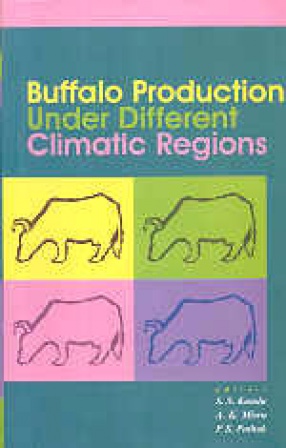
Showing all 7 books

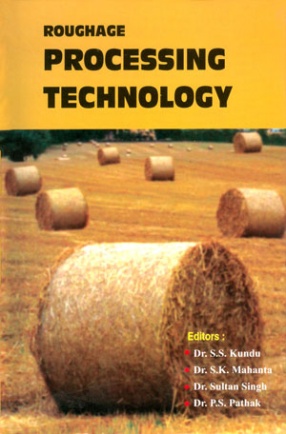
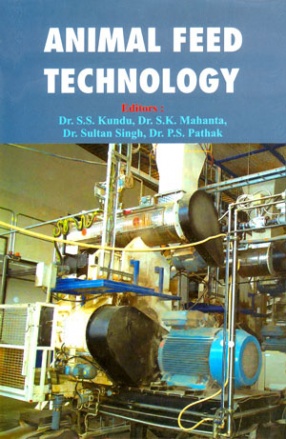
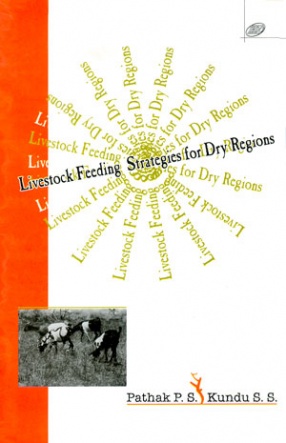

India is a country of rich resources and is catapulted to have its rightful place among developed nations soon. Agriculture is a livelihood of about 65 per cent people and livestock is part and parcel of it; contribute 26 per cent of gross domestic product and accounts for about 18 per cent of export. India is richest in bovine population, highest in milk production, and buffalo is major milch animal of the country. To further advance, the animal agriculture in ...

Ecology has made great strides during the past few decades. Emerging out of the shadows of a descriptive science, ecology has grown into an interdisciplinary synthetic science with great importance to the resolution of anthropogenic environmental problems. Ecology forms the backbone of natural resources conservation and management, and the restoration and rehabilitation of degraded landscapes. Ecology has expanded its scope and influence by taking benefit of ...

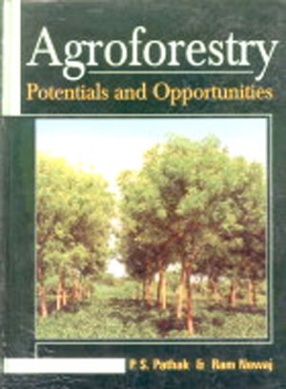
In order to assess the potentials and opportunities leading to sustainable production, a national symposium was planned and in order to review the situation, book chapters were invited from leading agroforesters from the country. Considering water as a key resource under rainfed situations and its conservation through agroforestry has been described in the first chapter where use of multipurpose tree is shown to completely checks soil loss and runoff. In second ...

Currently India is producing 540 million tones of crop residues that includes mainly straws, stovers, dry grasses and roughages. These feed resources are high in fiber, low in cell contents and bulky in nature. Roughage are of poor quality in terms of palatability, digestibility and nutrients availability and thus are unable to meet even the maintenance requirement of animals. Roughages along with other crop residues are the main ingredients of feeding systems in ...

Livestock raising is undergoing a phenomenal change during last few years. Its economic importance has further increased and likely to zoom in coming years. The population growth, urbanization, change in dietary preferences and increased income, have driven the demand for foods of animal origin. Feed and fodder supply still remains the most critical impediment in the growth of livestock industry in the country. Overall deficiency in feed supply remains around ...

During the Xth plan, a growth of 4 percent or more is being targeted as a national policy in agriculture. To achieve this, livestock production is being focused as a source of livelihood and income generation for farmers. The arid and semi-arid regions constituting about 40% area of the country, are comparatively less developed and therefore kept as key response area. Since feeding livestock cost more than 60 per cent, and there exists huge deficit of forage and ...
